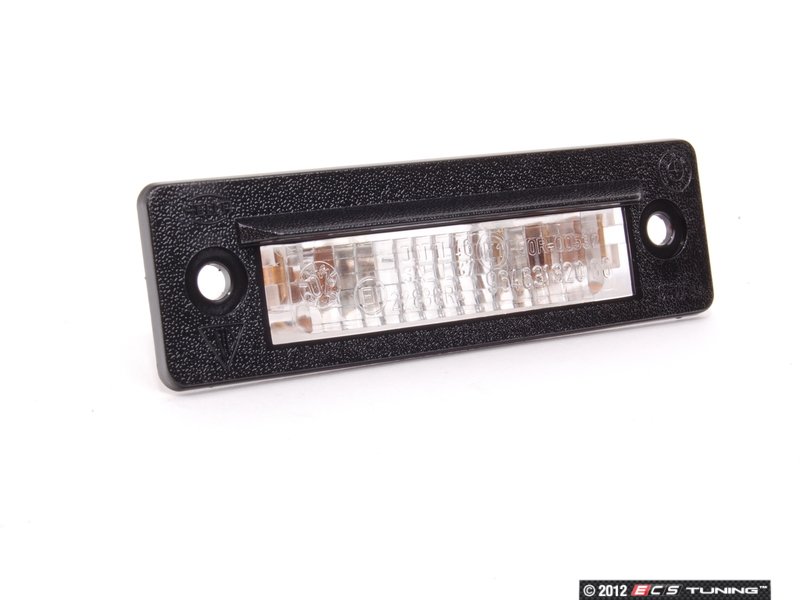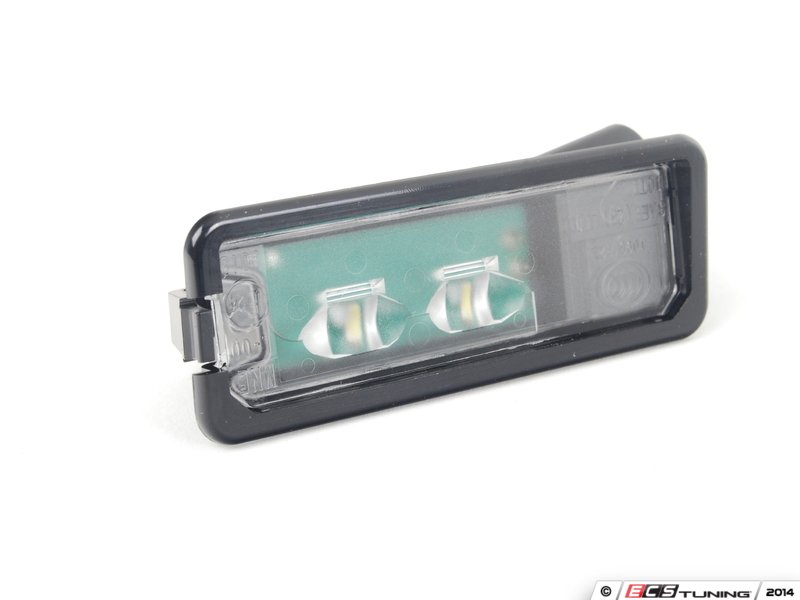License Plate Light Required
Jul 23, 2010 Build the bumper with the illumination for the license plate. I think the illumination for the license plate is required in ALL of the 50 states. In WA state lights are required to be on from 30 minutes after sunset to 30 minutes before sunrise. Sunrise and sunset is. Sep 23, 2016 A license plate light might not be considered a safety feature directly, but it can help other drivers see you on the road. And, as stated above, it is typically required to have the license plate lights working by most municipalities. All motor vehicles are required to have functioning stop lamp(s), as applicable to the number of stop lamp(s) equipped on the vehicle at the time the vehicle was originally manufactured. A stop lamp must emit a red or amber light, or any shade of color between red and amber. 31 states require both front and rear license plates, while the remaining 19 only require rear license plates. Automobile manufacturers are prohibited by law from distributing cars with only one license plate in states that require both. The 19 states that require only the rear license plate are: Alabama; Arkansas; Arizona; Delaware; Florida; Georgia; Indiana. License plates. Either such rear lamp or separate lamp shall be so constructed and placed as to illuminate with a white light the rear registration plate and render it legible from a distance of 50 feet to the rear. Any rear lamp or rear lamps, together with any separate lamp for illuminating the rear registration plate. (1) illuminates the rear license plate; and (2) makes the plate clearly legible at a distance of 50 feet from the rear. (g) A taillamp, including a separate lamp used to illuminate a rear license plate, must emit a light when a headlamp or auxiliary driving lamp is lighted.
$82.22 - $99.24
The license plate lights on a vehicle are for just that, they light up the area on the back of the vehicle so that people can see the license plate. In most states, it is against the law not to have the license plate illuminated on a vehicle that was equipped with lights from the factory. Some states will even require lights to be added to vehicles that did not come with them from the factory. Purchasing a good quality license plate light will reduce the number of times you need to replace it in the future.
Replacing a license plate light bulb is completed by either removing a lens cover to access the bulb, or by accessing the bulb socket from the interior of the car. The latter is usually going to use an access point in the trunk area. Both methods will be covered below.
Method 1 of 2: Replacing a license plate light bulb with a lens cover
Materials needed
- Replacement bulb
- Screwdriver set
Step 1: Remove the license plate light lens cover. Remove the hardware holding the license plate light lens cover in place. Carefully remove the lens cover.
Step 2: Remove the bulb from the socket. Carefully reach in and pull the old bulb out, being careful not to break the glass.
Step 2: Compare the replacement bulb to the one you removed. It should be the same size and have the same type of contacts.
Step 4: Install the replacement bulb. Place the new bulb into the bulb socket.
Step 5: Turn the headlight switch on. Before reassembling the license plate light assembly, turn the headlight switch on to verify the function of the replacement bulb.
Step 6: Reinstall the license plate light lens cover. Place the license plate lens cover back into place and reinstall the hardware that was removed during the disassembly process.
Method 2 of 2: Replacing a license plate light bulb without a lens cover
Materials needed
- Replacement bulb
- Screwdriver set
Step 1: Open the trunk. Open the trunk to gain access to the area behind the license plate.
Step 2: Pull back the trim carpet. Remove the trim carpet that covers the metal panel that the license plate is mounted to, as in the picture above. This may require the removal of push pins, trim screws, or the weather strip around the trunk.
Step 2: Remove the license plate light bulb socket. This usually requires the socket to be rotated one-fourth to one-half turn in a counterclockwise direction.
Step 4: Remove the license plate light bulb. Gently pinch the bulb with your fingers, being careful not to crush the glass. Then gently pull out on the bulb.
Free printable easy crossword puzzles for kids. Step 5: Compare the replacement license plate light bulb to the one you removed. It should be the same physical dimensions and have the same type of base for connection.
Step 6: Install the replacement license plate light bulb. It should go in the same way that the other one came out. Just push the new one into place with light pressure to seat it into the socket.
With the bulb installed in the socket, reinstall the socket into the housing and turn it the required one-fourth to one-half turn it took to remove it, only this time, you will turn it in a clockwise direction.
Step 7: Turn the headlight switch on. Before reassembling the license plate light assembly, turn the headlight switch on to verify the function of the replacement bulb.
Step 8: Reinstall the trim carpet. Put back the trim carpet that was removed to gain access to the license plate light bulb. Be sure to reinstall any hardware that needed to be removed to get to the carpet edges
A license plate light might not be considered a safety feature directly, but it can help other drivers see you on the road. And, as stated above, it is typically required to have the license plate lights working by most municipalities.
If at any point you feel you could use a hand with replacing a license plate light bulb on your vehicle, contact a professional technician, such as those available at YourMechanic. YourMechanic has trained and certified repair professionals that can come to your home or workplace and perform the repairs for you.

Next Step
Schedule License Plate Light Replacement
These are the light bulbs that illuminate your car’s front and rear license plates. Some cars have one per plate; others have two. Traditionally, they have been incandescent; i.e., lit by heating the filament. These bulbs are inexpensive and provide good clean light. However, they die quickly an.. LEARN MORE
License Plate Light Required
SEE PRICING & SCHEDULING